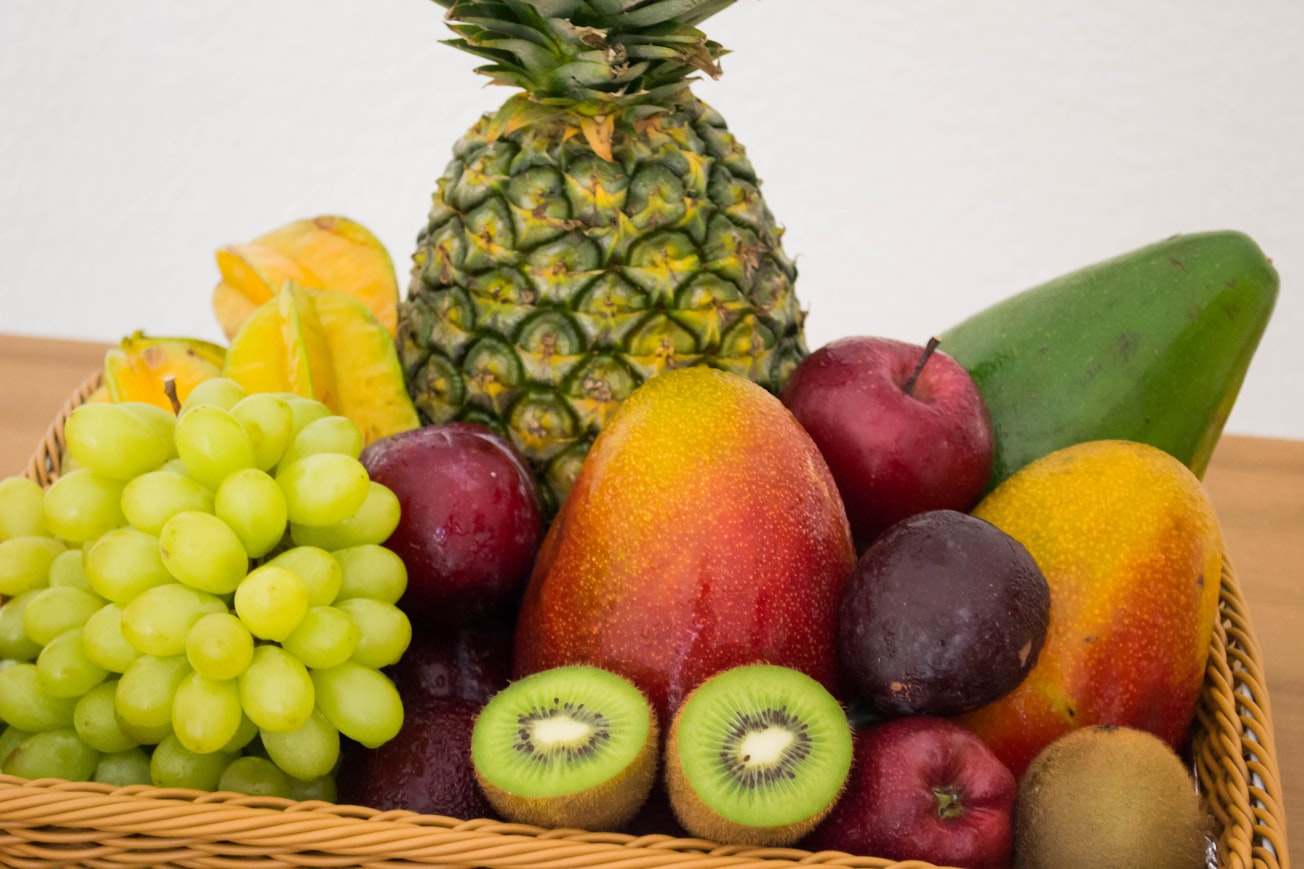What is it about?
Plant-derived cysteine proteinases of the papain family (CPs) attack nematodes by digesting the cuticle, leading to rupture and death of the worm. The nematode cuticle is composed of collagens and cuticlins. Our study used proteomics and immunohistochemistry to identify the molecular targets.
Featured Image

Photo by Jonas Kakaroto on Unsplash
Why is it important?
Nematode resistance to anthelmintics is a crisis in certain livestock industries, particularly in small ruminant animals, where triple-resistant nematodes have been reported. Though the greatest problem is in the treatment of ruminants, there are signs that resistance is also developing in human populations. The presence of multiple targets for cysteine proteinases in the cuticle is highly likely to decrease the chance of future resistance developing against cysteine proteinase based drug.
Perspectives
This article has brought to knowledge the mechanism of attack for cysteine proteinases on the cuticle of nematodes and paves the way for future drug development against helminths. I relished the pleasure of working with the co-authors.
Dr Victor Stephen Njom
Enugu State University of Science and Technology
Read the Original
This page is a summary of: The effects of plant cysteine proteinases on the nematode cuticle, Parasites & Vectors, June 2021, Springer Science + Business Media,
DOI: 10.1186/s13071-021-04800-8.
You can read the full text:
Contributors
The following have contributed to this page







